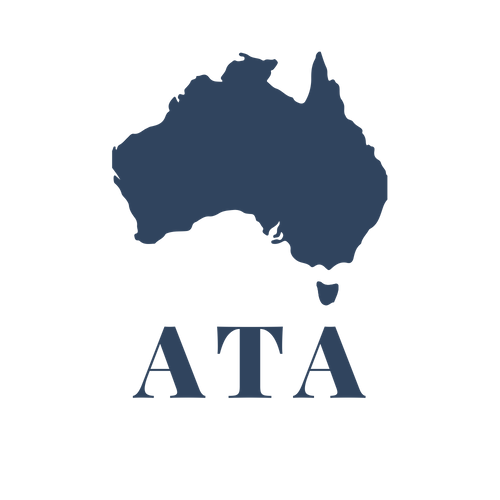So we'll hit our renewable energy target by 2020 -- but at what cost?
Their ABC is rejoicing. We’ll hit our renewable energy target by 2020. But at what cost?
The Australian government only recently rolled out a $11.7 million energy program to help small businesses assess the prices offered by different energy providers. Small businesses, especially in the hospitality industry, are struggling to keep the lights on. The energy companies are begging the states to allow them to use the resources at their feet. Ultimately however, the government is just putting put a Band-Aid on the problem of high power bills by avoiding the removal of heavy restrictions upon extraction and use of our natural resources in favour of more politically convenient measures like educational programs on how to shop for energy, and preferential treatment for energy projects that isn’t based upon delivering returns for the businesses and consumers who use energy.
Contrary to the government’s rhetoric, hard-working small business owners are not struggling with basic know-how. They are struggling with skyrocketing energy prices.
The government is spending taxpayer dollars to subsidise renewable energy, thereby encouraging anti-competitive behaviour and running coal-fired power stations that do not attract such subsidies out of business. The squelching of supply ultimately lands on the shoulders of consumers in the form of high prices.
Despite claims that renewable energy is getting cheaper, it still relies on government subsidies to remain a viable enterprise. In an article describing choke points, the point at which the supply of wind and solar power both fail and create a shortage, Rafe Champion questions the sustainability of renewable energy.
Until renewable energy sources can overcome inherent obstacles such as intermittent supply caused by cloudy, windless periods or days, and create a consistently adequate source of energy that doesn’t call for backup from other sources, they cannot compete in the market on their own merit. Wind farms have attempted to get around these issues by using batteries, but so far have failed to effectively store enough energy to sustain the SA power grid for more than four minutes after the wind stops blowing. And the batteries prove yet another environmental risk- with materials often derived from rare Earth minerals often mined under inhumane conditions in countries with abysmal human rights records.
Supporters of renewable energy argue that the subsidies are worth it due to the lack of environmental externalities. Yet this ignores the environmental impacts of sourcing materials for them and building them. It also ignores the fact that nuclear power plants, illegal in Australia at the behest of zealous anti-nuclear green activists despite our abundant uranium and thorium reserves, have a small fraction of the carbon footprint of wind and solar.
One day we all hope renewable energy will effectively compete with traditional energy sources to give consumers more choice and lower prices. But in the meantime, the government should stop charging Australians twice (once through higher taxes to pay for these misconceived subsidies and a second time through the higher energy prices caused by government distorting the market) for subpar technology.
Coal is currently the most consistent form of energy and makes up the bedrock of Australia’s energy supply. Natural gas is currently characterised by volatile prices due to fluctuating demand and restricted supply in Australia. Hydroelectric power is incapable of accounting for much more than a small portion of Australia’s energy needs due to geographical realities of our vast continent. However, wind is dependent on the weather, and solar is useless at night, on a rainy day, or when people are trying to heat their houses in the winter.
According to the ABC, “Load shedding occurs when the Australian Energy Market Operator directs power companies within Australia to start switching of customers’ power supply because the power system is at risk.” This should never happen. If Australians need energy, then the government should allow companies to meet that demand.
However, the volatility of renewable energy forces the hand of the AEMO, lest Australia face blackouts like the statewide blackout in SA in September 2016. The tightening of the SA electricity market resulted directly from the closing of the state’s sole coal fired power plant.
Just as highly volatile investments pose more risk, which necessitates higher interest rates to make up for the reduced value, renewable energy sources are the junk bonds of the electricity market. Australia needs a diversified energy portfolio with coal, natural gas, hydro, and other forms of energy to hedge against the risk of load shedding or worse yet- blackouts.
Energy consumers consistently paying for overpriced energy bills do not deserve to have their lights shut off because the government has interfered in the market. We need to stop spending taxpayer dollars on subpar energy sources. This creates distortions in the market and allows companies that don’t have the technology to survive on their own to outcompete viable energy companies that receive a government stick instead of a carrot. By forcing renewable energy to compete with traditional forms of energy, we are forcing them to invest in the research and development necessary to both help small businesses and the environment.
This article appeared in The Spectator on 4 September 2019.
